
|
Previously in Kenya, the natural method of coffee processing was considered low quality and intended for the local market. The production of this type of coffee was carried out with floating cherries (the least dense) from the double fermentation process, which were placed without the slightest care on African beds at the end of the harvest. This type of coffee in Kenya is known as Mbuni. However, Mchana Estate has transformed this concept by introducing a more careful and balanced technique in the production of natural coffees.  Mchana Estate is located in Kiambu County in Kenya. Coffee cherries are harvested between 1800-2150 meters above sea level with an average temperature ranging between 13-25 degrees Celsius. Mchana has a workforce of 172 permanent workers and casual workers vary from 200 to 1,200 per day depending on the season. The largest quantity is produced during the peak harvest season.
0 Comments
As we prepare to receive a new harvest of Kenyan coffee, we realise that there are several misconceptions associated with Kenyan coffee, let's review the most common ones: 1.- There is a misconception that Kenyan coffees are too acidic and unsuitable for use in espresso or milk-based drinks. However, this is simply not true. The acidity level of a coffee can be controlled by adjusting the roast profile. Although some coffees have a higher natural acidity, this can always be reduced by roasting if necessary.
Today in the world of specialty coffee, Bourbon and Typica are the most important Arabica coffee varieties. Recent genetic studies have confirmed that Bourbon and Typica were the seeds brought from Ethiopia to Yemen, and from the latter they spread throughout the world, forming the basis of modern Arabica coffee cultivation. It was the French who attempted to introduce coffee three times from Yemen to Bourbon Island (now La Réunion), in 1708, 1715 and 1718. Genetic studies have confirmed that only a small number of plants from the second introduction and some from the third introduction they were successful. Until the middle of the 19th century, Bourbon coffee did not leave the island.
Coffee prices have skyrocketed for various reasons. Among them, the low production due to climate change, the logistical problems of the pandemic, generalized inflation and the war in Ukraine. The latter has considerably reduced access to inputs such as inorganic fertilizers, which has not only increased the costs of coffee production, but has also significantly reduced the profit margin of coffee farmers. Russia is the world's biggest fertilizer exporter, but its war with Ukraine has disrupted shipments and pushed up prices for natural gas, a key ingredient in fertilizer manufacturing. Ammonium nitrate and urea, the two main sources of nitrogen fertilizer, are the most widely used fertilizers in the world. Fertilizer prices had already more than doubled in the last 18 months, affecting coffee growers around the world.
Grafting is a horticultural technique whereby plant tissues are joined together to continue growing together. The upper part of the combined plant is called the stem, while the lower part is called the rootstock. The Ruiru 11 variety was released in 1985. The name of the variety has the prefix "Ruiru" which refers to the location of the Kenya Coffee Research Station where the variety was developed. The variety is not only resistant to CBD and CLR, but is also compact, allowing farmers to intensify production per unit of land.
It is frequently pointed out that Kenyan coffees are the best in the world. Also, that its cup profile is unique and that it must always be within certain parameters (blackcurrant, berries, winey, juicy), or else it would not be a good example of a good Kenyan coffee. It seems that the industry has preconceptions about what is a good coffee, and what flavors should be obtained from a certain origin; as if the production of coffee were an exact formula, similar to a highly efficient factory where economies of scale are generated and from which the same result is always obtained.
According to the Cambridge dictionary, the word "Heirloom" has the following meanings: 1.- valuable object that older members of a family have given to younger members of the same family for many years. 2.- a fruit, plant or seed of a type, which has existed for many years. From a botanical point of view, the definition of an heirloom variety establishes that this must be open-pollinated. Arabica coffee is a self-pollinated crop, so from the very beginning the definition of heirloom doesn’t apply to Arabica coffee.
Kenya is probably one of the most advanced producing countries, in the study and experimentation with the genetic diversity of Arabicas, and is far ahead of important countries such as Ethiopia for example. On our last trip to Kenya we met the great "Dr. James", who works at the "Kenya Coffee Research Institute" station in Nyeri. In this place, he explained, how they are performing grafting of Ruiru 11 with SL 28, and the importance of its result for the future of the industry.
During the 1960s, to increase the food production around the world, and meet the demands of an extremely quick expanding population, it became imperative to change the methodologies of agriculture. These initiatives were called "The Green Revolution" and involved the use of high yielding varieties, higher fertilizers dosages, intensive and mono cropping, the development of highly toxic and life damaging pesticides, among others.
Kenya is divided into 47 counties, and in only 18 coffee is produced. Nyeri and Kirinyaga are definitely the most popular counties for traders and roasters in origin. As a consequence of the above, they are also the ones that obtain the highest prices in the auctions of the Nairobi Coffee Exchange. So the million dollar question is: why Kiambu does not have the same relevance as its neighbors in the specialty coffee market? And the answer is not as obvious as you might think. If we analyze the type of cultivars used in the three counties, we find that the most common cultivated varietes (between 90 and 95%) are SL28 and SL34, which are as we have said, the ones that produce the best quality in the cup. Let's look at the altitude, the average range of altitude in the cultivated areas is higher in Kiambu with 1860masl, followed by Nyeri with 1760m and Kirinyaga with 1605m. Rain patterns. In the three counties are also similar, there are bimodal rain patterns which brings two wet seasons a year (therefore 2 flowerings and two harvests a year), with annual rainfall averages of 953 mm for Nyeri, 1098 mm for Kiambu and 1518 mm for Kirinyaga . The composition of the soils is similar in all three counties. They are all red volcanic soils, rich in nutrients and organic matter. And the processing method, exactly the same, fully washed process with double fermentation and sundried on African beds. The only fundamental difference lies in the annual production of smallholders (who are the ones that produce the microlots we are all seeking for) and their respective cooperatives. Nyeri being the first of the country with 6630 Tons., which represents 21% of the total production, second is Kirinyaga with 5870 Tons., representing an 18.5% and sixth is Kiambu with 2560 Tons., representing a 8% of the total country. (Statistics provided by the Kenya Coffee Board for 2012)
From the above we can conclude that the success of the "trademark" Nyeri and Kirinyaga in detriment of Kiambu, is due exclusively to a matter of quantity and therefore overexposure in international markets, and not to the potential to produce quality. From a macro perspective, the various factors influencing high quality production are virtually identical in all three counties. To finish, just say that it is undeniable that in Nyeri and Kirinyaga there are exceptional lots, but they are also in Kiambu; It's just a matter of seek, discover and blind cupping! Enjoy your coffee ... from Kiambu |
Archives
July 2024
Categories
All
|
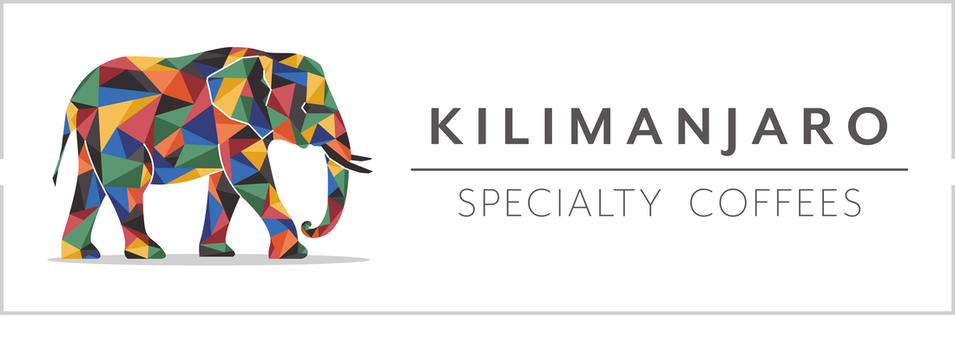

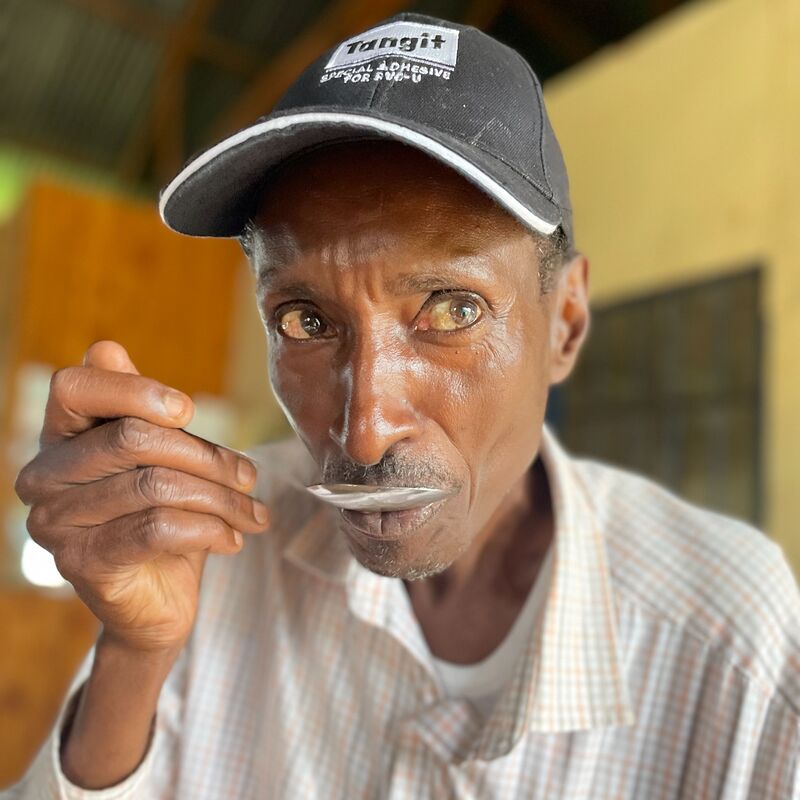
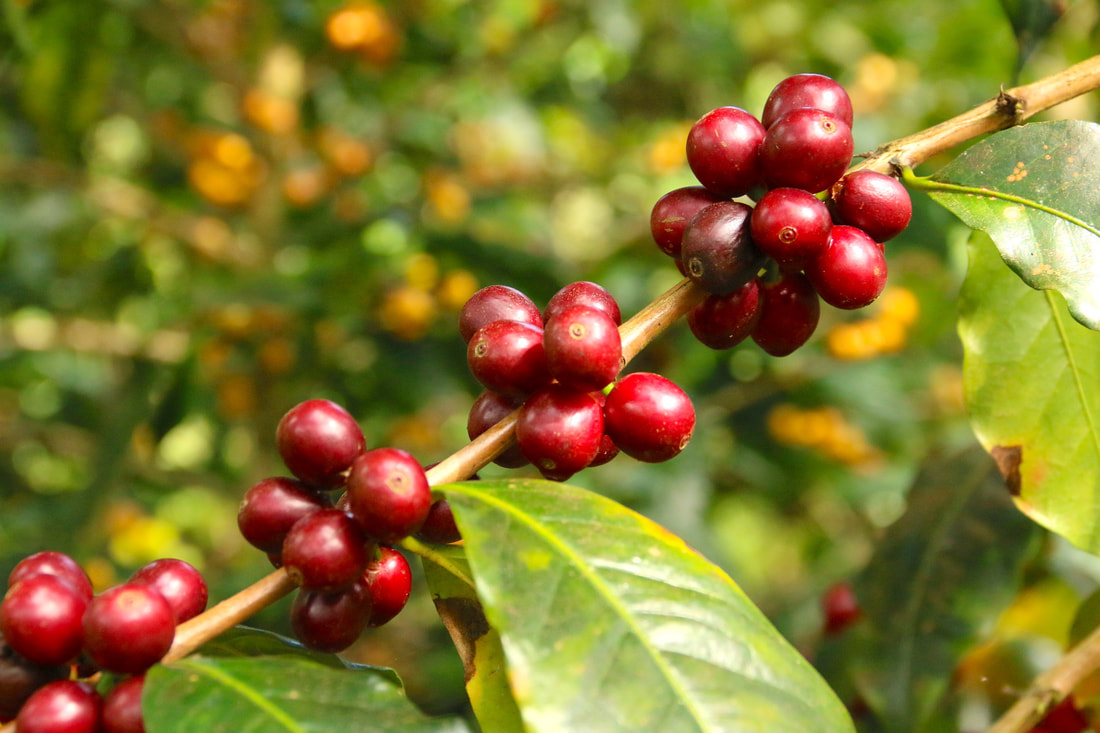
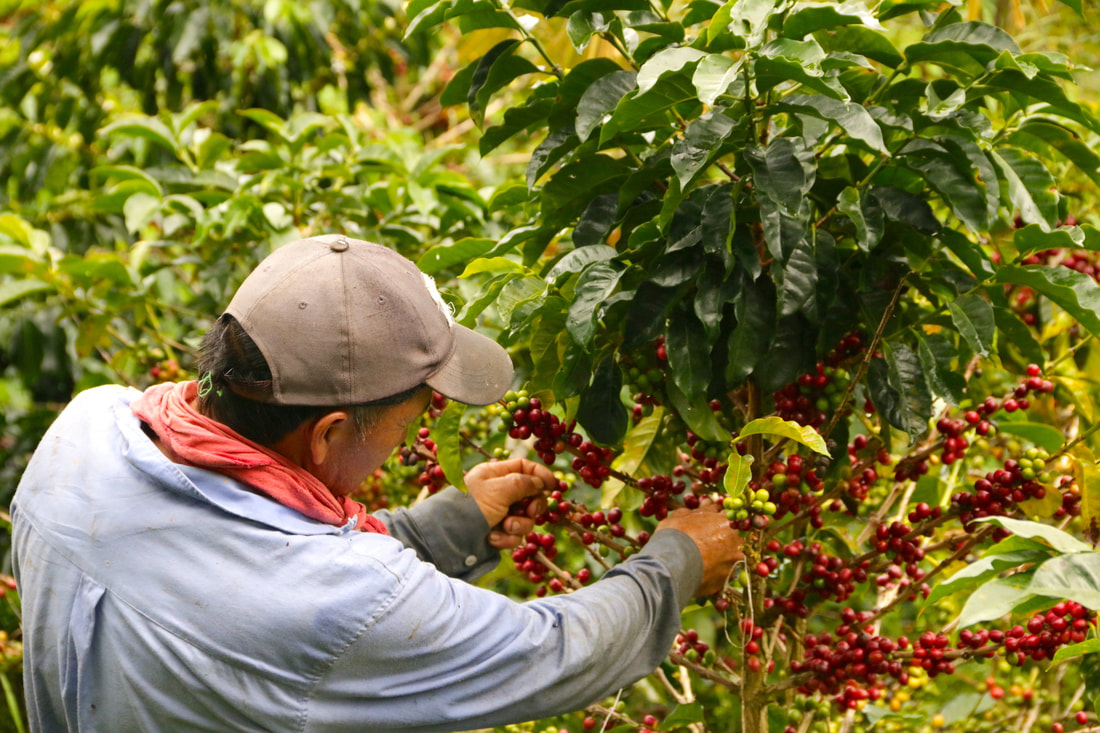
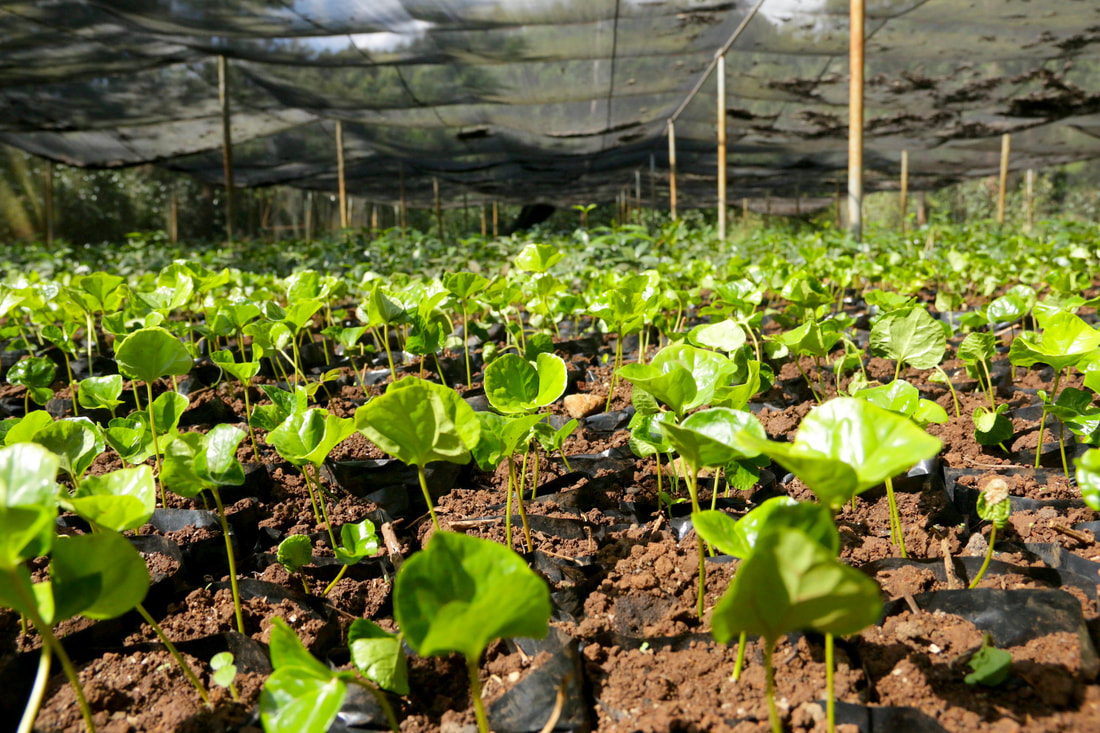
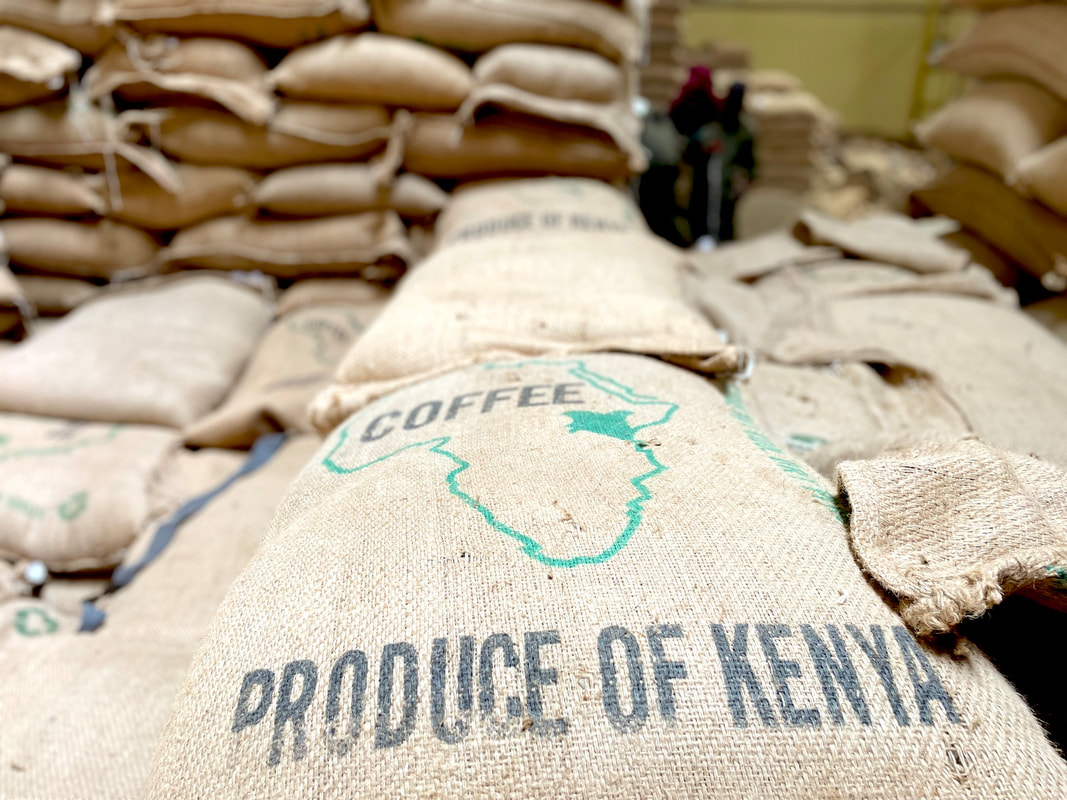
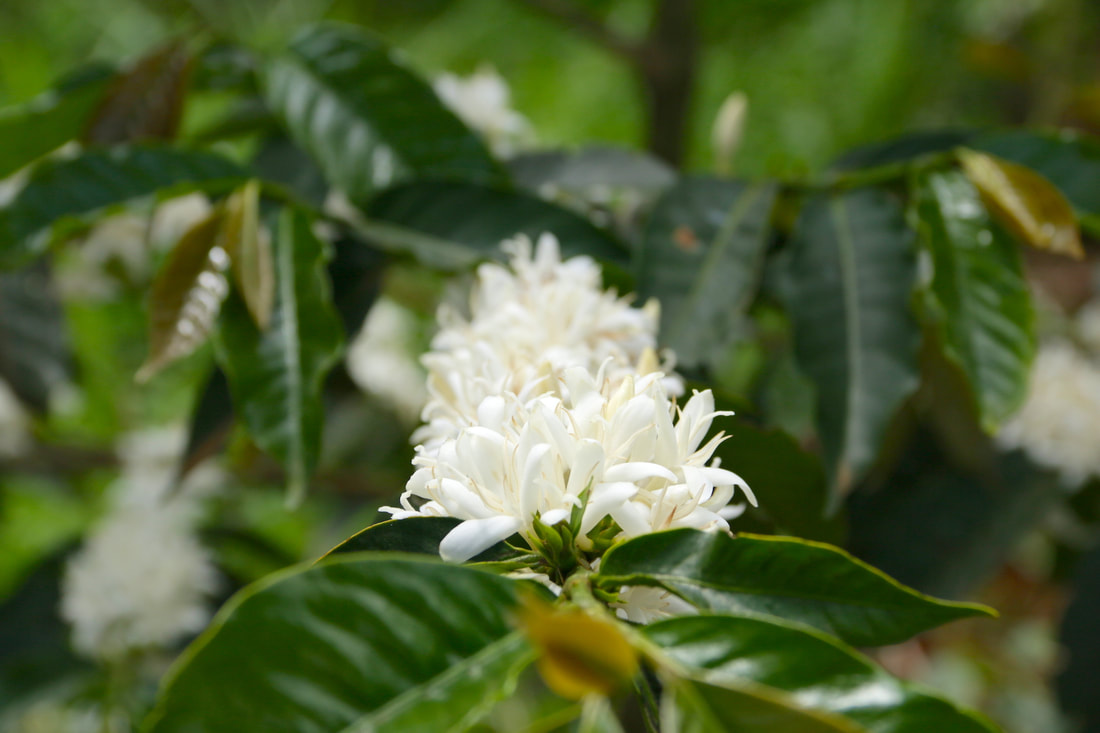
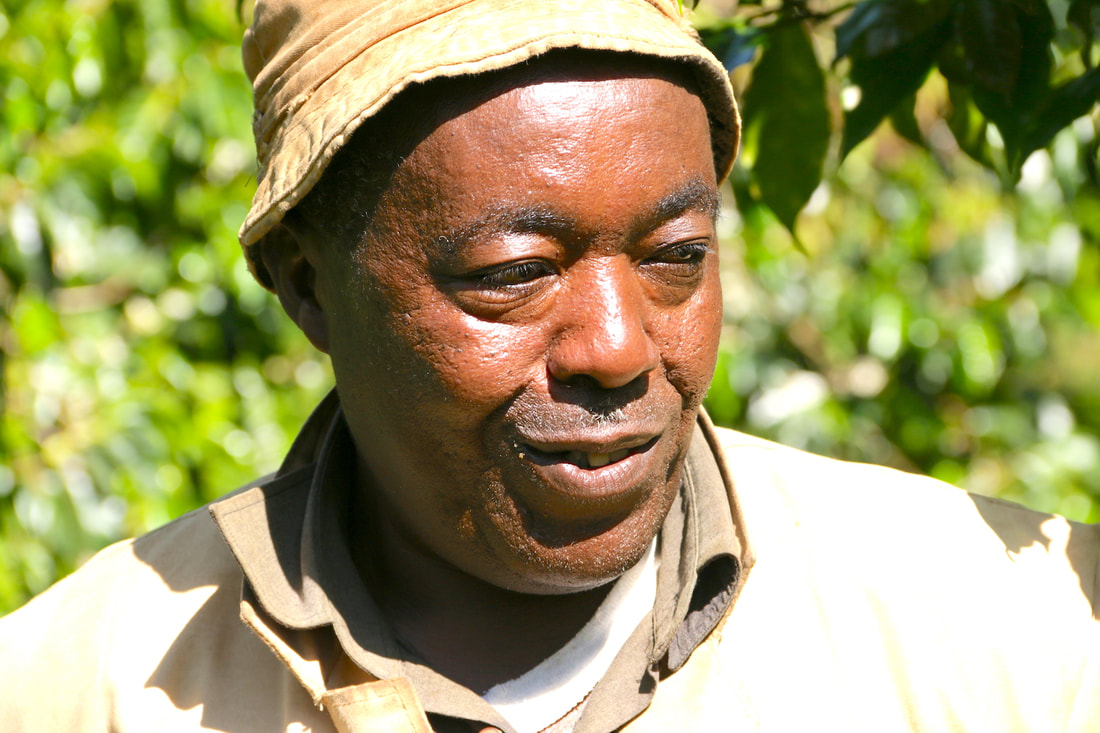
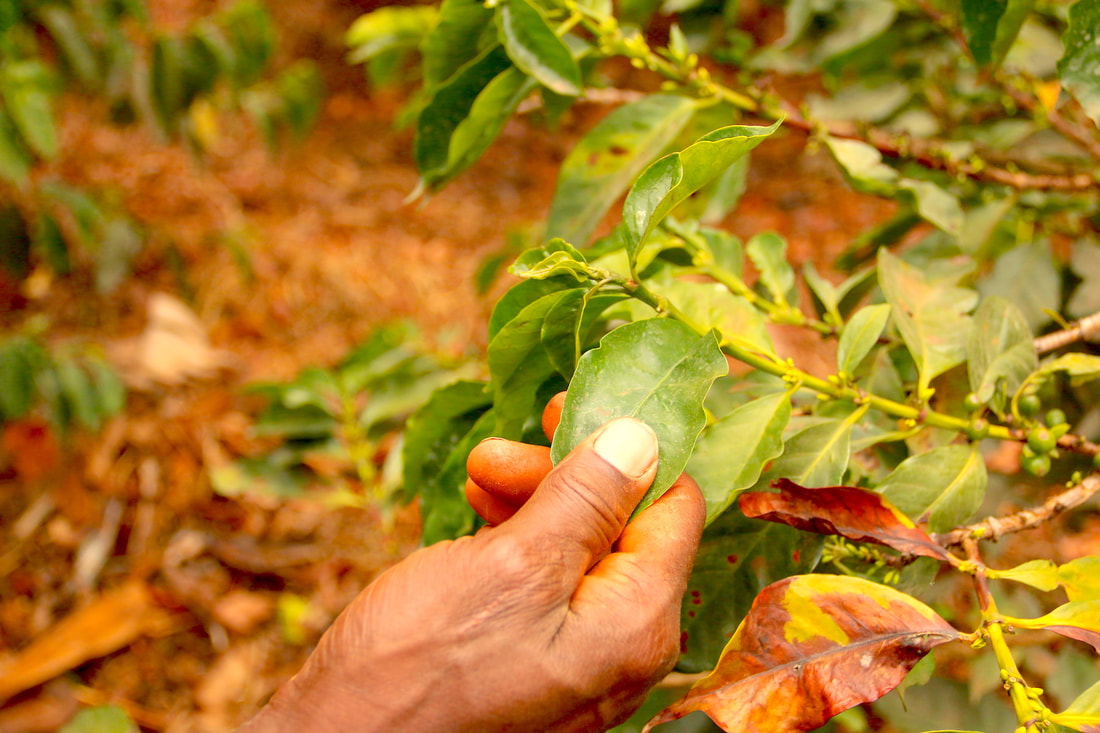
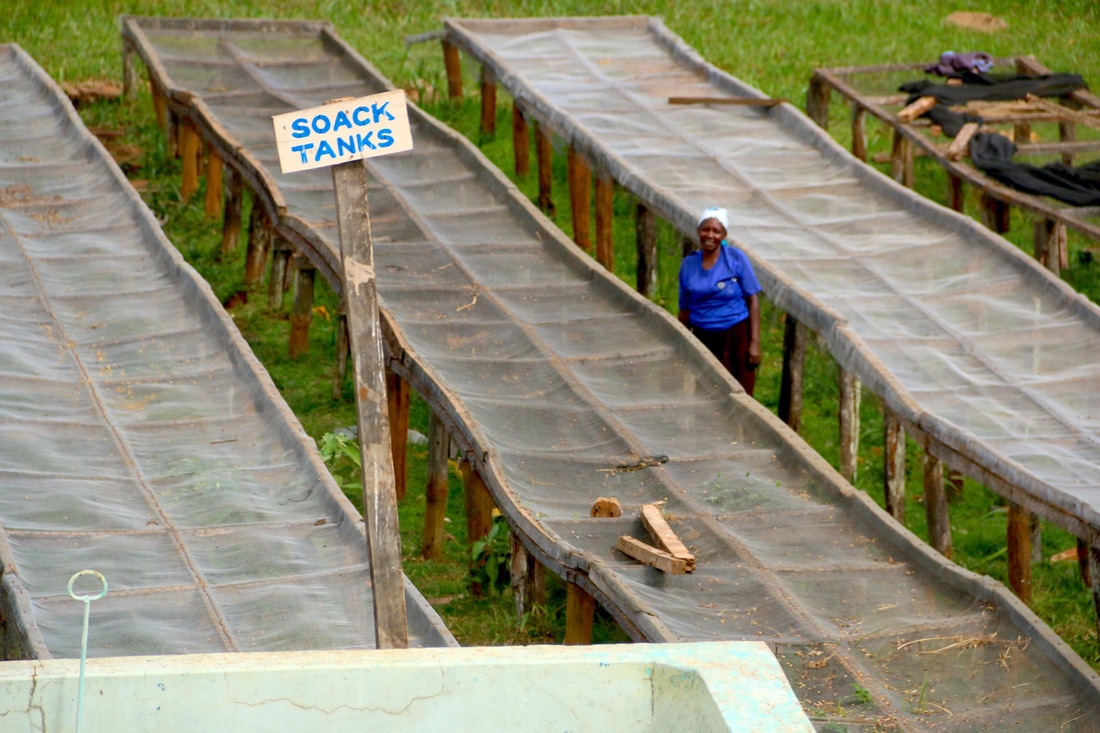
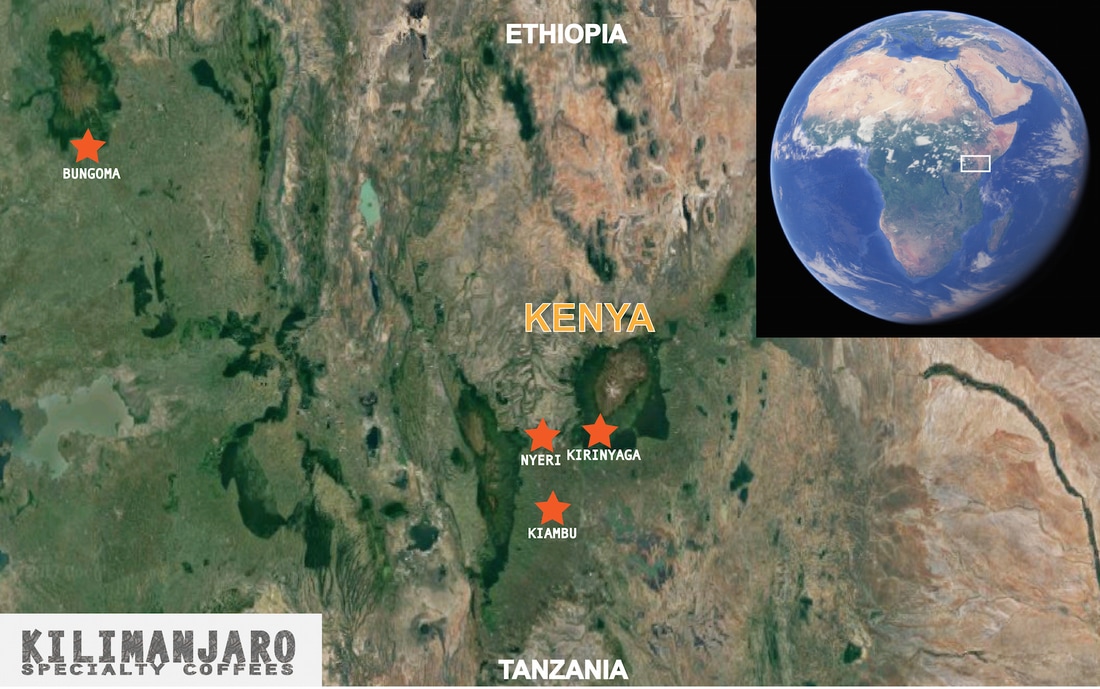

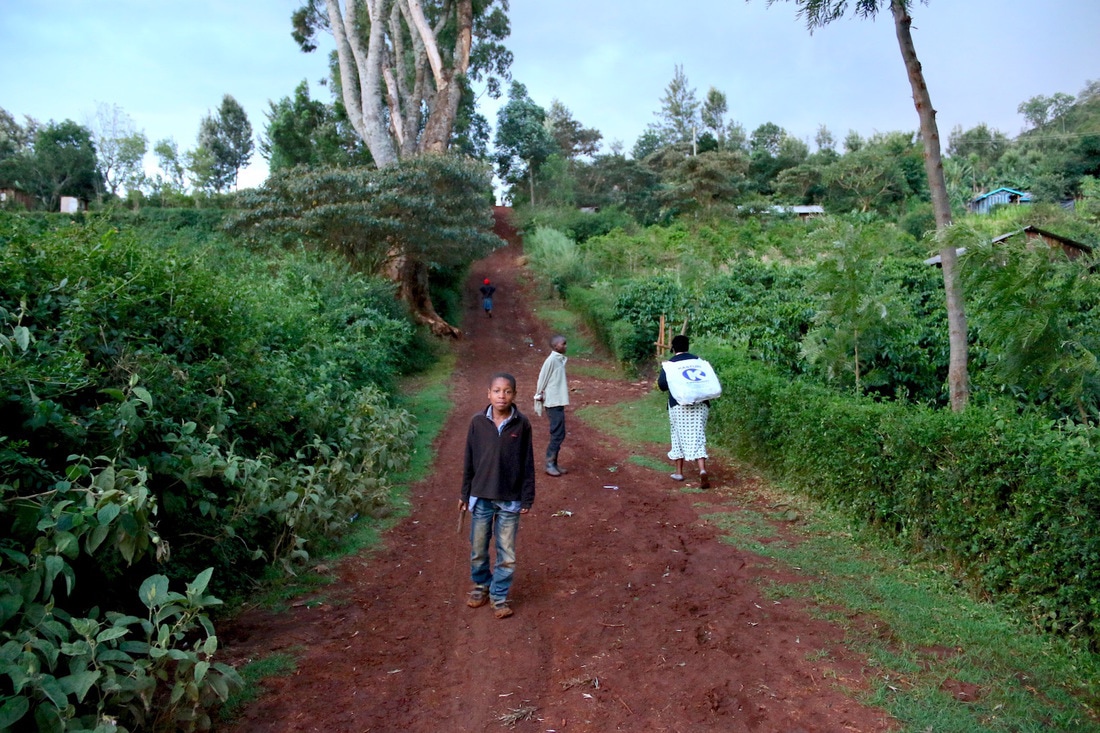
 RSS Feed
RSS Feed